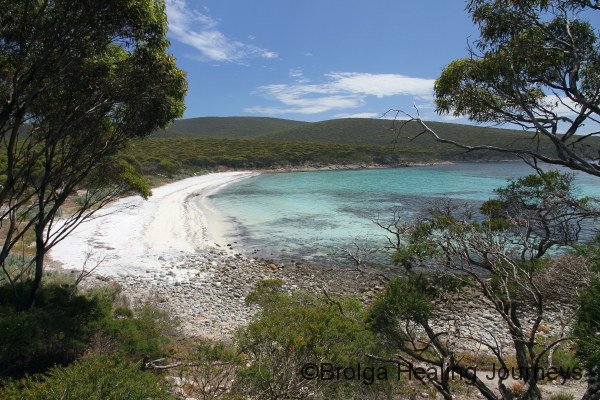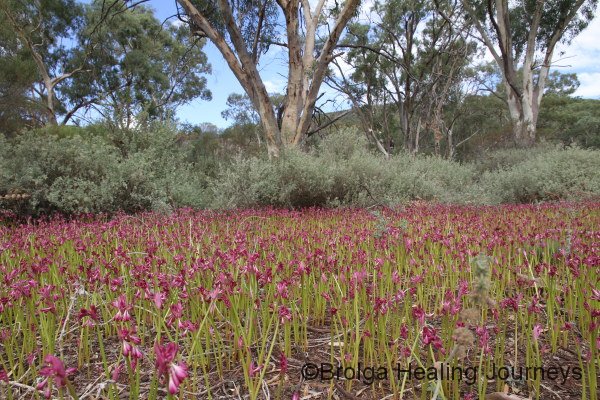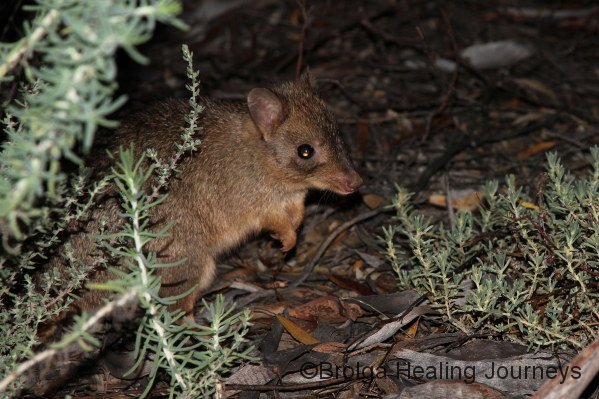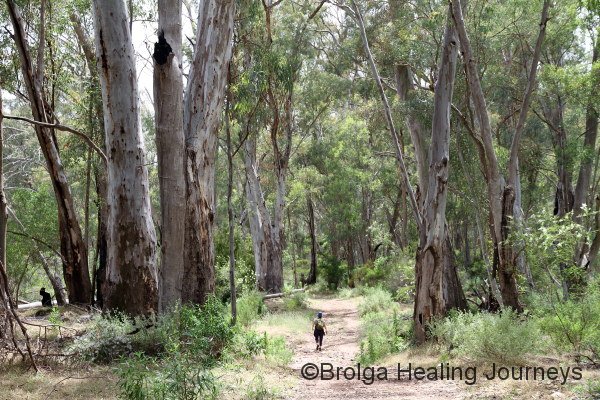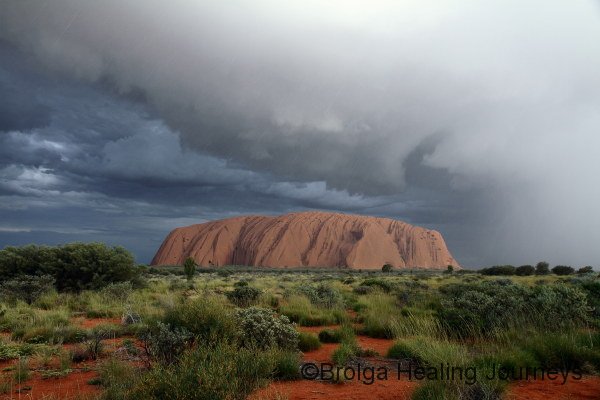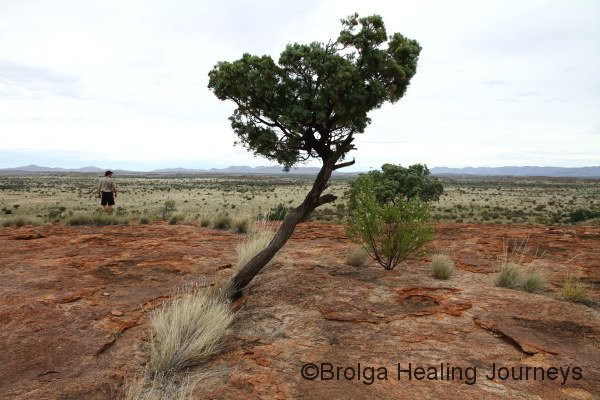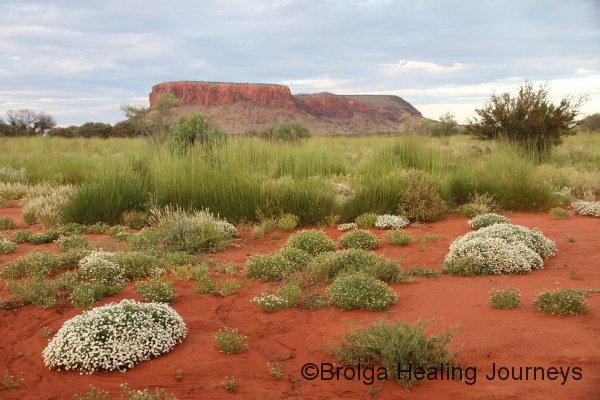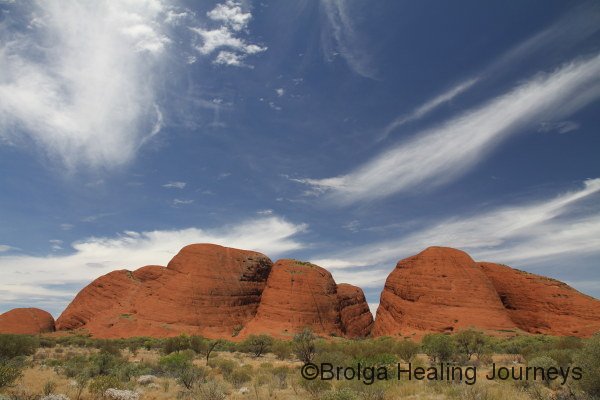Innes National Park – stunning coastal scenery on South Australia’s Yorke Peninsula
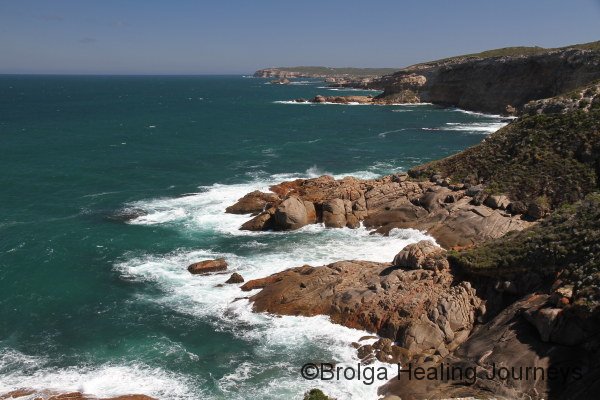
We had never previously visited South Australia’s Yorke Peninsula. We had always driven past the peninsula– heading either north or south, on our way to somewhere else. This time, we decided to bite the bullet and see what it had to offer.
From Mount Remarkable National Park, we headed south-west, stocking up in Port Pirie before our drive onto the Yorke Peninsula proper. Our destination was the Innes National Park, at the southern tip of the peninsula. We knew virtually northing about the park, other than the availability of bush-camping, our preferred accommodation.
